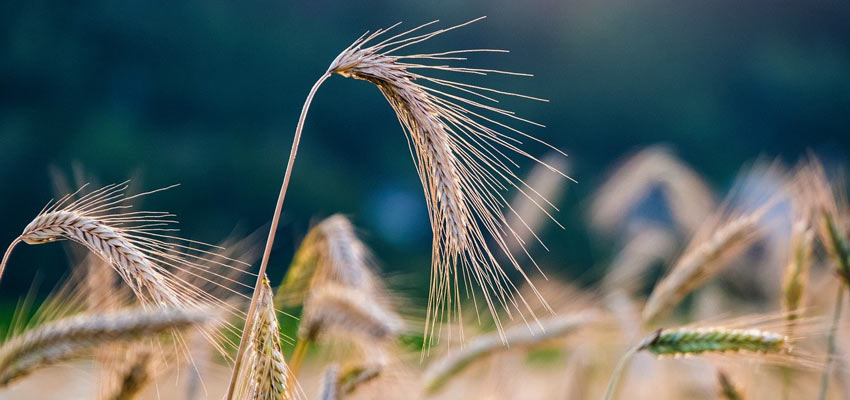In some regions in Germany, increased contents of the ergot fungus Claviceps purpurea could be detected in the grain of the 2020 harvest.
Cereals for food purposes must meet the legal requirements (EU Regulation 1881/2006). The maximum content of 0.5 g/kg sclerotia in unground grain (0.05%) must not be exceeded. In the grain mills the sclerotia are usually separated by special process steps. Nevertheless, we recommend to carry out more spot checks for safety reasons, whereby it is important that samples are taken correctly. If the limit value is exceeded, the cereals may not simply be used in feed production, since a legal limit value also applies to feed materials and compound feed containing cereal grains in accordance with Directive 2002/32/EC, in this case a maximum of 0.1%.
Ergot alkaloids are highly toxic. Rye is particularly at risk for Claviceps purpurea infestation. However, the fungus also infests other cereals such as wheat, barley, triticale and corn. The infestation depends largely on the weather conditions during the flowering period and is therefore subject to regional variations.
The examination of ergot in unground cereals is done by optical control and determination of the weight proportion of the sorted out sclerotia.
In ground products, however, the ergot alkaloids are determined by chromatographic analysis (HPLC MS/MS). There are still no EU limits for ergot alkaloids, but there is a minimization requirement.
The laboratories of the AGROLAB Group have decades of experience in grain analysis and carry out these analyses for you quickly and reliably.
Link (German):
Author: Frank Moersberger

 Contact
Contact

 Contact
Contact Career
Career